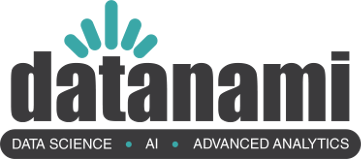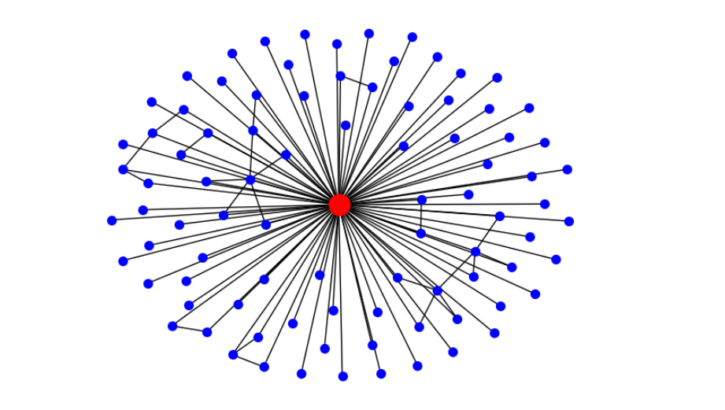
Sectors » Science
Features
Starfish Helps Tame the Wild West of Massive Unstructured Data
“What data do you have? And can I access it?” Those may seem like simple questions for any data-driven enterprise. But when you have billions of files spread across petabytes of storage on a parallel file system, the Read more…
Nvidia Bolsters RAPIDS Graph Analytics with NetworkX Expansion
Nvidia has expanded its support of NetworkX graph analytic algorithms in RAPIDS, its open source library for accelerated computing. The expansion means data scientists can run 40-plus NetworkX algorithms on Nvidia GPUs w Read more…
Object Storage a ‘Total Cop Out,’ Hammerspace CEO Says. ‘You All Got Duped’
The mass adoption of object storage systems like Amazon S3 may appear to be a top achievement of the big data era, since we got essentially unlimited storage accessible through REST commands. But to Hammerspace CEO David Read more…
Virtualitics Takes Data Viz Tech from Stars to Wall Street
You can’t know what you can’t see. That sums up the approach to data by Virtualitics, which was spun out of Caltech to commercialize AI-powered data visualization technology originally developed for astronomy. With t Read more…
Terrabyte: Germany’s New High Performance Data Analytics Platform for Earth Observation
Satellites and the data they generate enable scientists to monitor changes in the Earth’s environment such as deforestation, desertification, melting ice caps, and other forms of environmental degradation. They can als Read more…
News In Brief
Spectra Logic Ups the Ante in Tape Storage
Spectra Logic has been busy. Last week, the data storage company unveiled Spectra LumOS library management software and expanded its enterprise tape storage solutions with two new additions: the TFinity Plus enterpris Read more…
Meet MATA, an AI Research Assistant for Scientific Data
Researchers with Southern Methodist University (SMU) and NASA today announced they have received a patent for MATA, an AI-powered research assistant that can answer questions on scientific data. Consumers have grown a Read more…
Big Data Career Notes: August 2023 Edition
In this monthly feature, we’ll keep you up-to-date on the latest career developments for individuals in the big data community. Whether it’s a promotion, new company hire, or even an accolade, we’ve got the details Read more…
IBM’s New Geospatial AI Model on Hugging Face Harnesses NASA Data for Climate Science
IBM recently announced its watsonx.ai geospatial foundation model for Earth observation is now available on Hugging Face, the popular open source machine learning platform and community. The HLS Geospatial Foundation Read more…
AI to Goose Demand for All Flash Arrays, Pure Storage Says
These are still early days for AI, but the trajectory from things like ChatGPT makes it pretty clear to Pure Storage: The need to store and serve huge amounts of data to train AI models on GPUs will almost certainly requ Read more…
This Just In
April 26, 2024 — When scientists want to look at a tiny structure in a material, even one just a few atoms in size, they frequently turn to X-ray microscopy. Read more…
April 23, 2024 — Earth Observation (EO) and particle physics research have more in common than you might think. In both environments, whether capturing fleeting particle collisions or detecting transient traces of ocean plastics, rapid and accurate data analysis is paramount. Read more…
April 22, 2024 — Together with its partner institutions within the Helmholtz Association, Forschungszentrum Jülich aims to build a new generation of AI foundation models for science. Read more…
LEWES, Del., April 3, 2024 — John Snow Labs has announced the release of its Generative AI Lab, a first-of-its-kind tool that enables healthcare domain experts to train, tune, test, and share models without coding or involving data scientists. Read more…
LOS GATOS, Calif., April 3, 2024 — Lumana emerged from stealth with a next-generation video security platform that uses artificial intelligence (AI) and distributed hybrid cloud architecture, enabling organizations to unlock the full potential of their visual data. Read more…









































